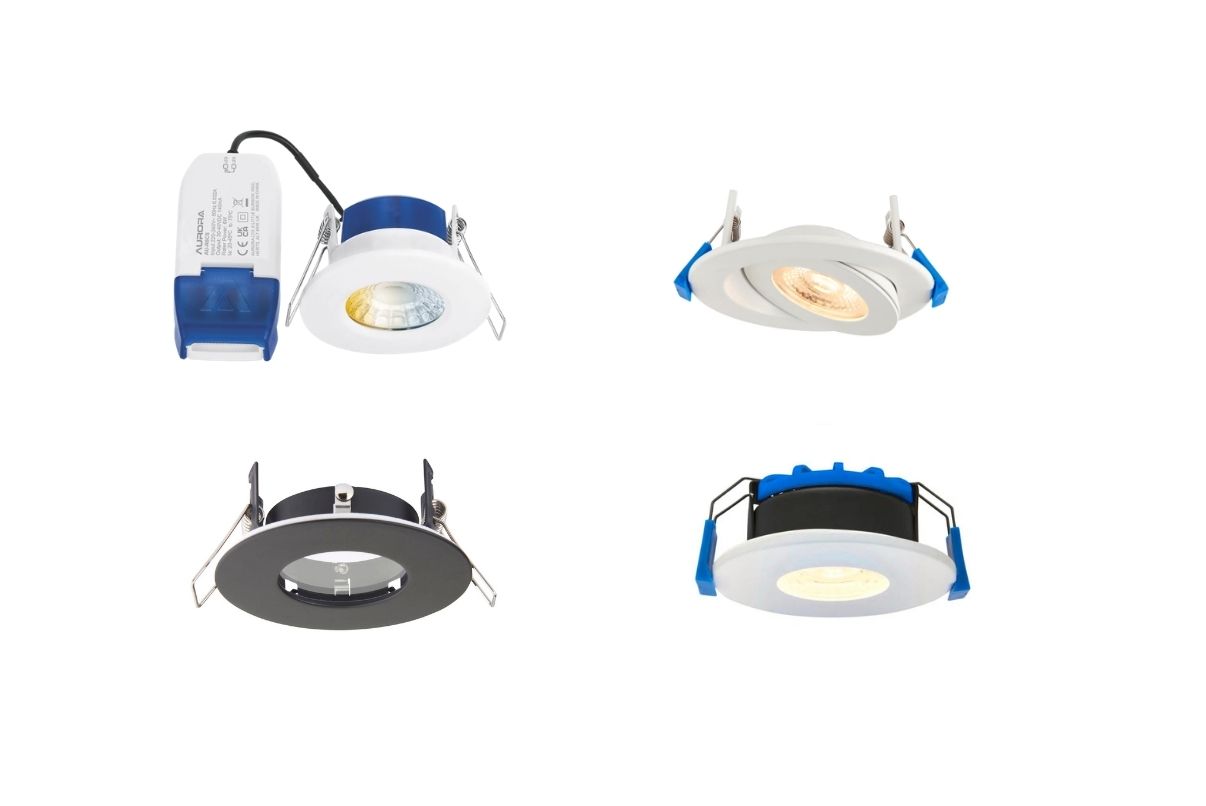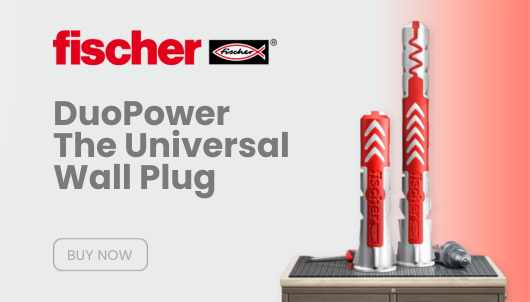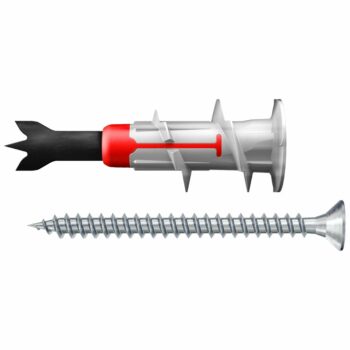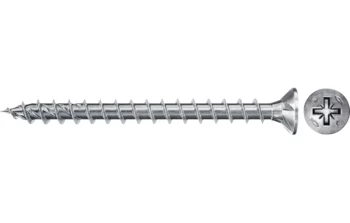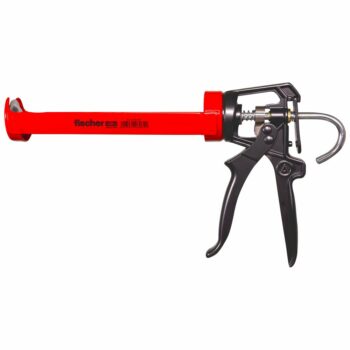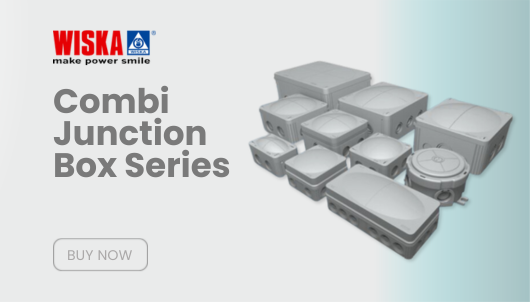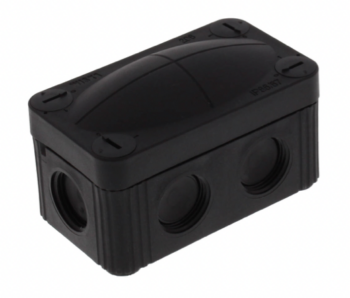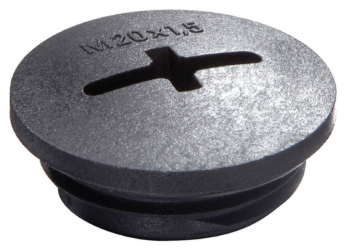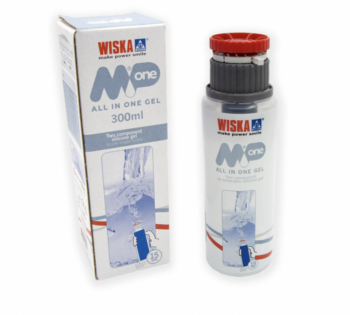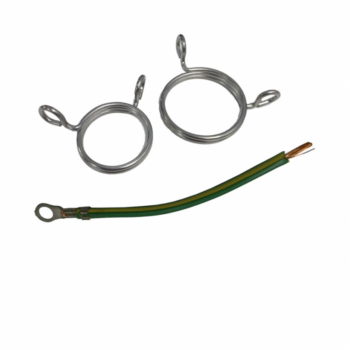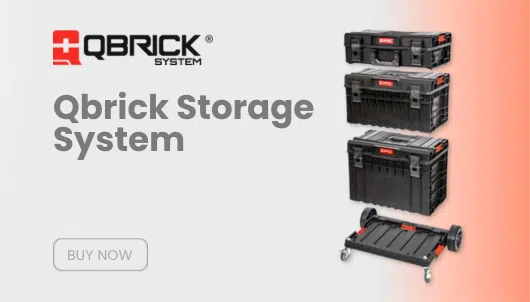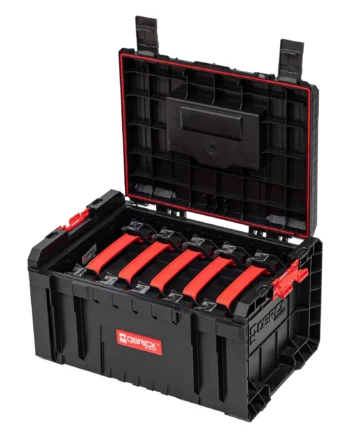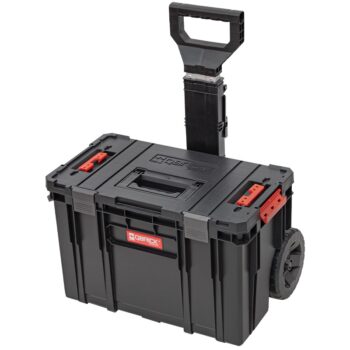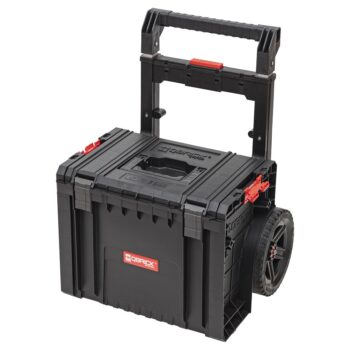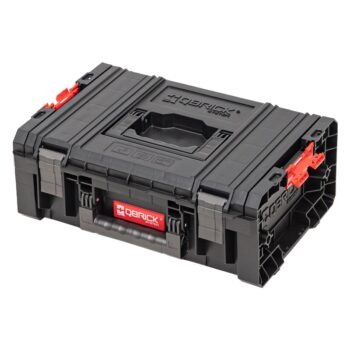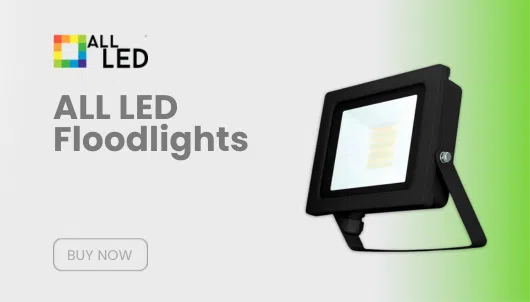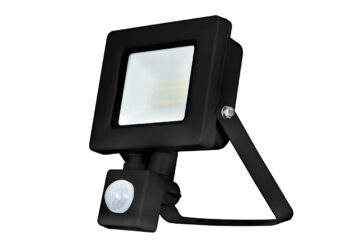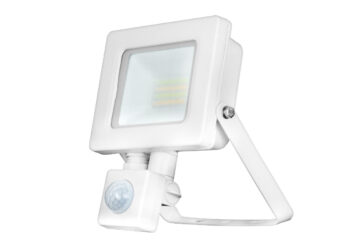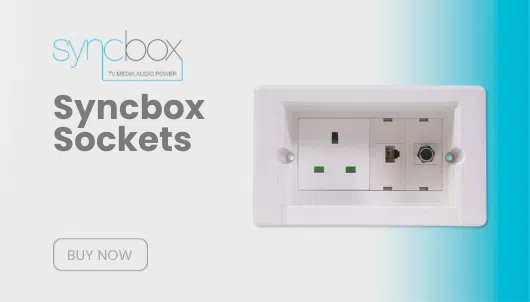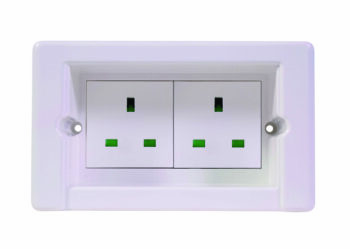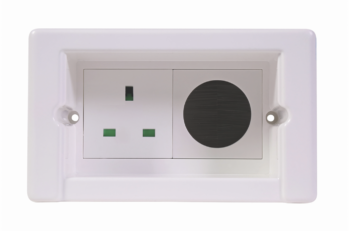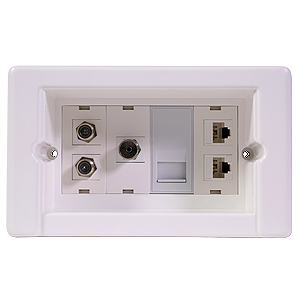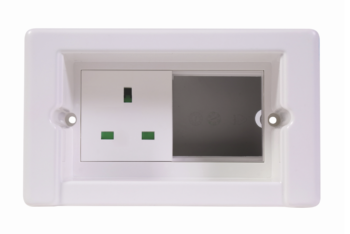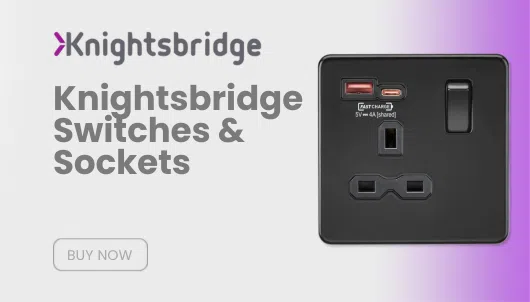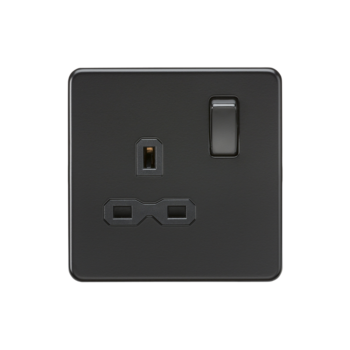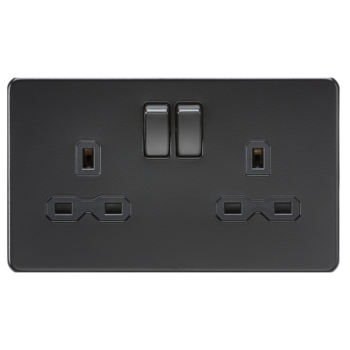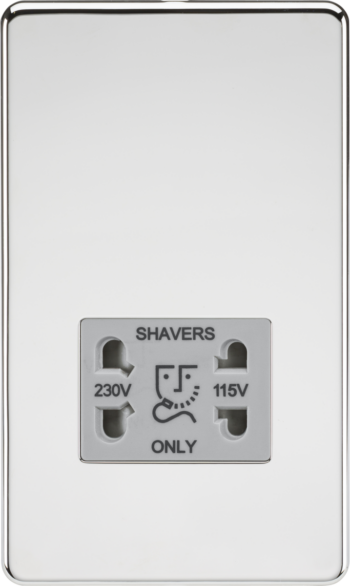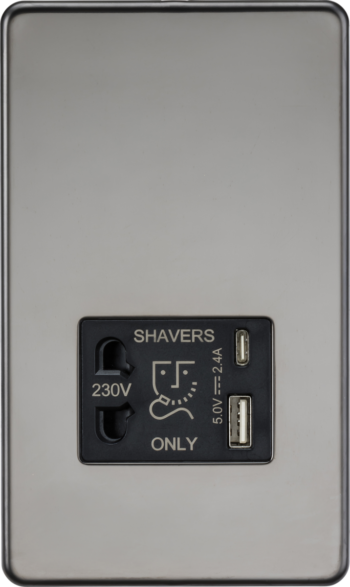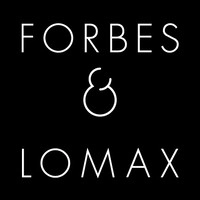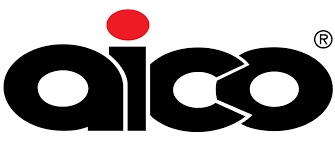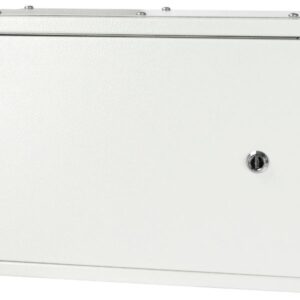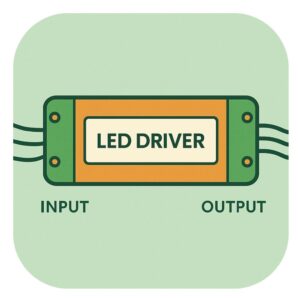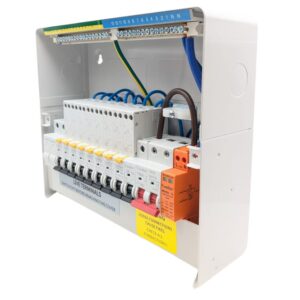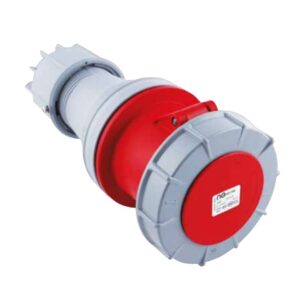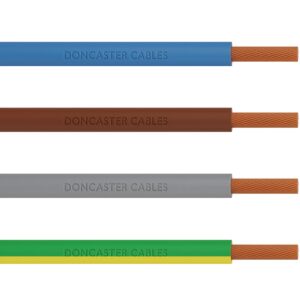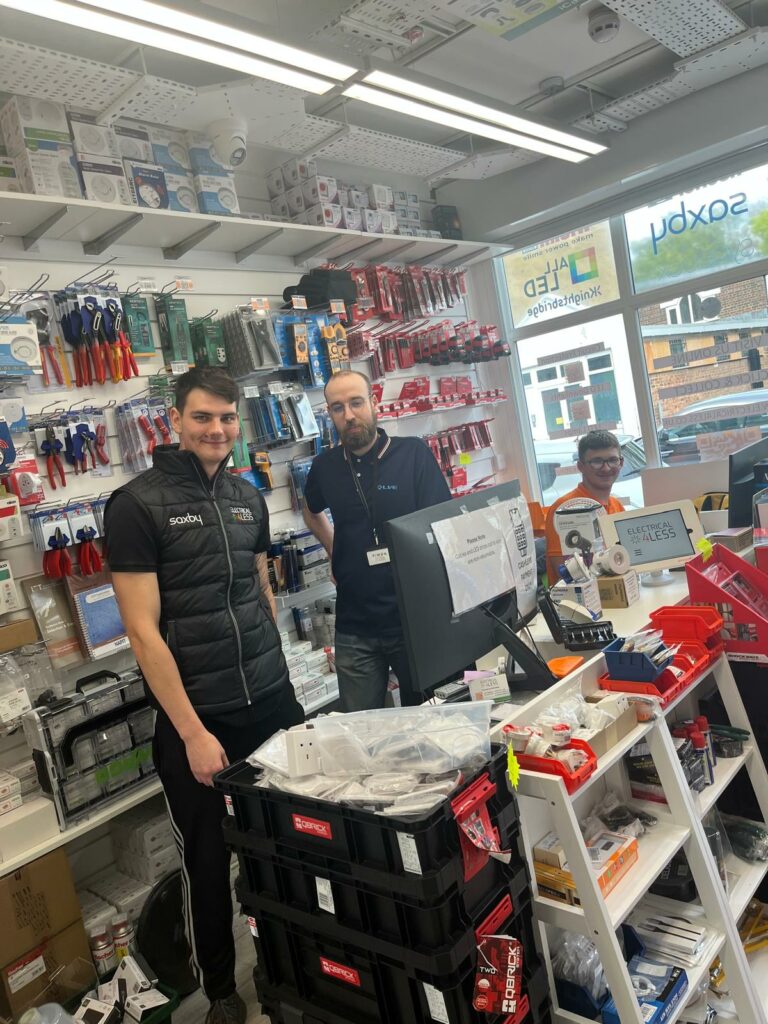Types of Downlights on the Market
Fixed Downlights: These are the most common type and are fixed in location. They are often used for general lighting.
Adjustable (or Tilted) Downlights: These can adjust the direction of light, making them suitable for task lighting or illuminating specific areas or objects.
Bathroom Downlights: Designed for use in humid environments, these downlights typically have an IP44 rating or higher to ensure safety and durability.
Fire-Rated Downlights: These match fire-rated ceilings and can withstand fire for a specified time, usually 30, 60, or 90 minutes.
LED Downlights: Known for their energy efficiency and durability, they come in various styles including fixed, adjustable, and fire-rated.
Dimmable Downlights: These allow for adjustable light intensity, providing flexibility in lighting conditions.
Smart Downlights: Controlled via smartphone apps or voice commands, these often offer color-changing capabilities and programmable settings.
Customer Satisfaction at Electrical4Less
At Electrical4Less, we ensure customer satisfaction by offering a range of different types of downlights from various manufacturers. Our online shop features several LED lights available for quick purchase and delivery.
Integrated LED Downlight (Non-Replaceable Lamp) vs GU10 Downlight
Integrated LED downlights and GU10 downlights are both popular choices for recessed lighting. Each has unique characteristics influencing functionality, design, and usage. Here’s a detailed comparison:
Integrated LED Downlights:
- Higher upfront cost compared to GU10 downlights.
- The LED light source is integrated into the fixture, functioning as an all-in-one unit.
- Generally, they have higher energy efficiency due to optimized design and superior heat dissipation.
- They offer a longer lifespan, often up to 50,000 hours.
- The installation process is simpler due to its single-unit design.
- Maintenance requires replacing the entire unit if the LED fails, which can be a drawback.
- They are typically sleeker and more contemporary in design.
- These downlights provide consistent light quality, stable color temperature, and output.
- Potential long-term cost savings come from energy efficiency and an extended lifespan.
Explore our selection of integrated LED downlights from major brands such as ALL LED, Aurora, Saxby, Integral, and Knightsbridge.
GU10 Downlights:
- These downlights use standard GU10 bulbs that can be replaced separately from the fixture.
- The fixture and bulb are distinct components.
- Energy efficiency varies based on the type of GU10 bulb used (halogen or LED).
- Heat management varies; older halogen bulbs produce more heat, while LED GU10s are more efficient but may lack optimized heat management.
- Lifespan depends on the bulb type; LED GU10s generally have a shorter lifespan compared to integrated LEDs.
- Installation is more involved as it requires fitting the bulb into the fixture.
- Maintenance is easier since bulbs can be replaced without changing the entire fixture.
- They offer flexibility in terms of bulb type, color temperature, and beam angle, with a wide range of options for different lighting effects.
- GU10 downlights have a lower initial cost for the fixture compared to integrated LED downlights.
Discover our selection of GU10 downlights from major brands including ALL LED, Aurora, Saxby, Integral, and Knightsbridge.
Choosing the Right Color Temperature
Selecting the appropriate color temperature for your LED downlights is crucial for creating the desired ambiance and functionality in various spaces. Here’s a guide to help you make the best choice:
Very Warm White (2700K): Emits a soft, yellowish light similar to traditional incandescent bulbs. It is ideal for living rooms, bedrooms, and dining areas where a cozy atmosphere is desired.
Warm White (3000K): Emits a soft, white light. It is commonly used in living rooms, bedrooms, dining areas, kitchens, and bathrooms for a warm and inviting ambiance.
Cool White (4000K): Produces a cool, crisp light. It is suitable for kitchens, bathrooms, offices, and areas where clear visibility is essential for tasks.
Daylight (6000K): Offers a bright, bluish-white light that mimics natural daylight. It is perfect for workspaces, garages, basements, and areas requiring high illumination.
Tips for Choosing the Right Color Temperature
- Consider the room’s purpose: Use warm white lights in relaxation areas and cool white lights in task-oriented areas.
- Match existing lighting: Maintain consistency by matching the color temperature of new LED downlights with existing lighting in the same room.
- Time of day: Choose warm lights for evening and cooler lights for daytime activities.
- Aesthetic and mood: Warm lights create a cozy atmosphere, while cooler lights promote a modern and vibrant ambiance.
- Colour Rendering Index (CRI): Aim for a higher CRI (80+) for accurate color rendering, particularly in areas like kitchens and bathrooms.
Practical Examples
- Living Room: Use warm white (2700K – 3000K) for a cozy atmosphere.
- Kitchen: Use cool white (4000K) for clear visibility during cooking.
- Bathroom: Use neutral white (3500K – 4000K) for grooming tasks.
- Home Office: Use daylight (6000K) to enhance focus and productivity.
- Bedroom: Use warm white (2700K – 3000K) for a relaxing environment.
Consider these factors when choosing the color temperature to create an ideal lighting environment throughout your home or workspace.
What is a Fire-Rated Downlight?
A fire-rated downlight is a specialized recessed lighting fixture designed to maintain the fire-resistant integrity of a ceiling during a fire. These downlights can withstand fire for specified durations, usually 30, 60, 90, or 120 minutes. They incorporate intumescent materials that expand when exposed to high temperatures, sealing the gap around the downlight to prevent the spread of fire and smoke.
Brands
We supply all the ranges mentioned above from major manufacturers in the market, including Aurora, ALL LED, Saxby, Integral, and Knightsbridge.
We hope you find the above information helpful and wish you success with your lighting project!

